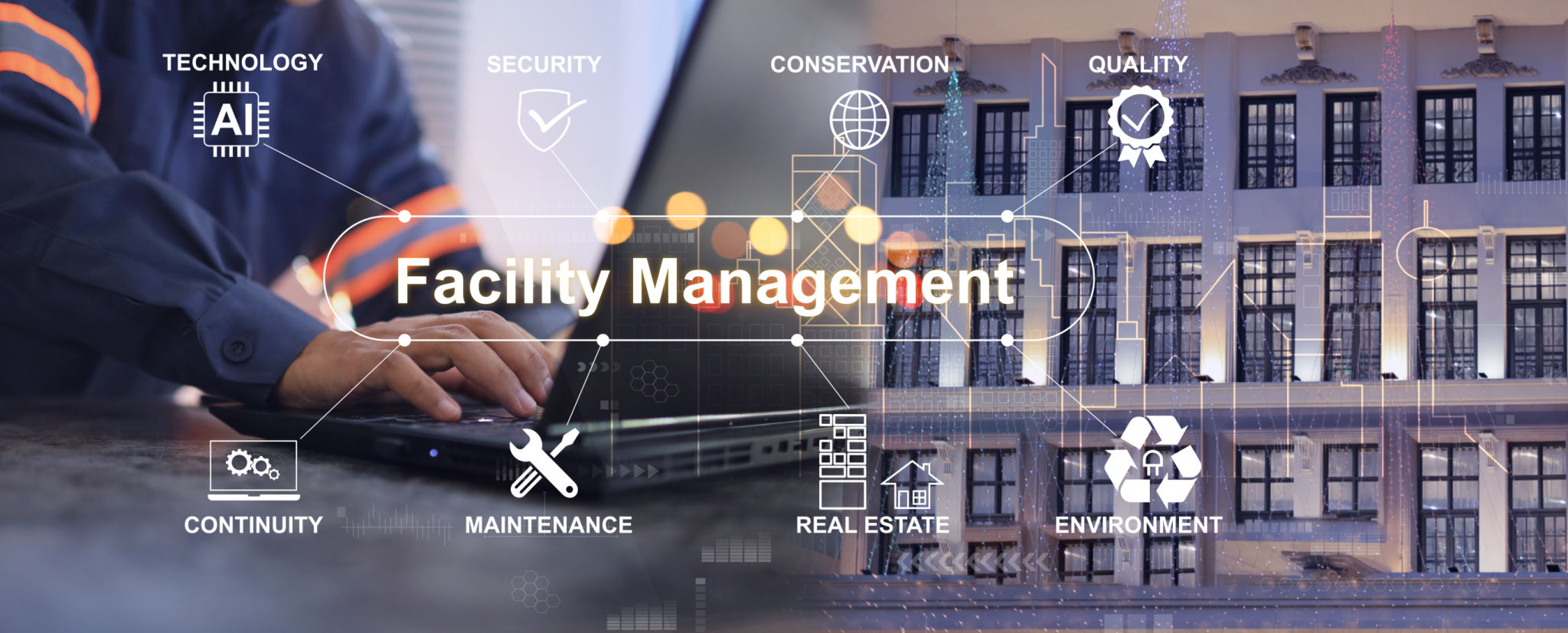Exploring the Latest Trends in Fire Safety Technology
Introduction to Fire Safety Technology
Fire safety technology has evolved significantly over the years, providing enhanced protection and innovative solutions. With the integration of modern technology, fire safety measures have become more efficient, ensuring greater security for both residential and commercial spaces. This blog post explores the latest trends in fire safety technology that are shaping the future of this crucial industry.
As the need for effective fire prevention and response grows, the industry continues to innovate, incorporating advanced features and smart systems. These developments not only help in mitigating risks but also aid in faster detection and response during emergencies.

Smart Fire Detection Systems
One of the most significant advancements in fire safety technology is the development of smart fire detection systems. These systems utilize a combination of sensors, IoT devices, and artificial intelligence to detect fires more accurately and quickly than traditional alarms.
Smart fire detectors are equipped with multi-sensor technology that can differentiate between smoke, heat, and carbon monoxide. This capability significantly reduces false alarms and ensures a timely alert, allowing for quicker evacuation and response efforts.
Benefits of Smart Systems
- Real-time monitoring and alerts
- Integration with smart home or building systems
- Remote access and control via mobile apps

Advanced Fire Suppression Technologies
Fire suppression technology has also seen remarkable advancements. Traditional sprinklers are being replaced or supplemented with more sophisticated systems like water mist technology, which uses significantly less water while effectively extinguishing fires.
Another innovative approach is the use of fire-retardant gels, which can be applied to surfaces in areas at high risk of fire. These gels provide a protective barrier that helps prevent the spread of flames.
Environmentally Friendly Solutions
The industry is also focusing on environmentally friendly fire suppression solutions. Non-toxic and biodegradable agents are being developed to replace traditional chemical-based extinguishers, reducing environmental impact while maintaining effectiveness.

Integration with Building Management Systems
The integration of fire safety technology with building management systems (BMS) is becoming increasingly common. This allows for centralized control and monitoring of all safety systems within a building, ensuring a coordinated response during emergencies.
Such integration enables facility managers to receive real-time data on the status of fire safety equipment, thereby improving maintenance and operational efficiency. Additionally, it allows for automated responses to fire threats, such as shutting down ventilation systems to prevent smoke spread.
The Role of Artificial Intelligence
Artificial intelligence plays a crucial role in enhancing these integrated systems. AI can analyze data from various sensors to predict potential fire hazards and optimize safety protocols accordingly.

Conclusion
The future of fire safety technology promises even more innovations as industries continue to prioritize safety and efficiency. By embracing these latest trends, businesses and homeowners can benefit from enhanced protection and peace of mind. As technology progresses, staying informed about these advancements will be essential for anyone responsible for fire safety management.
With these emerging technologies, the goal is not just to respond to fires more effectively but to prevent them altogether. As we move forward, the continuous development and integration of these technologies will pave the way for safer environments worldwide.
